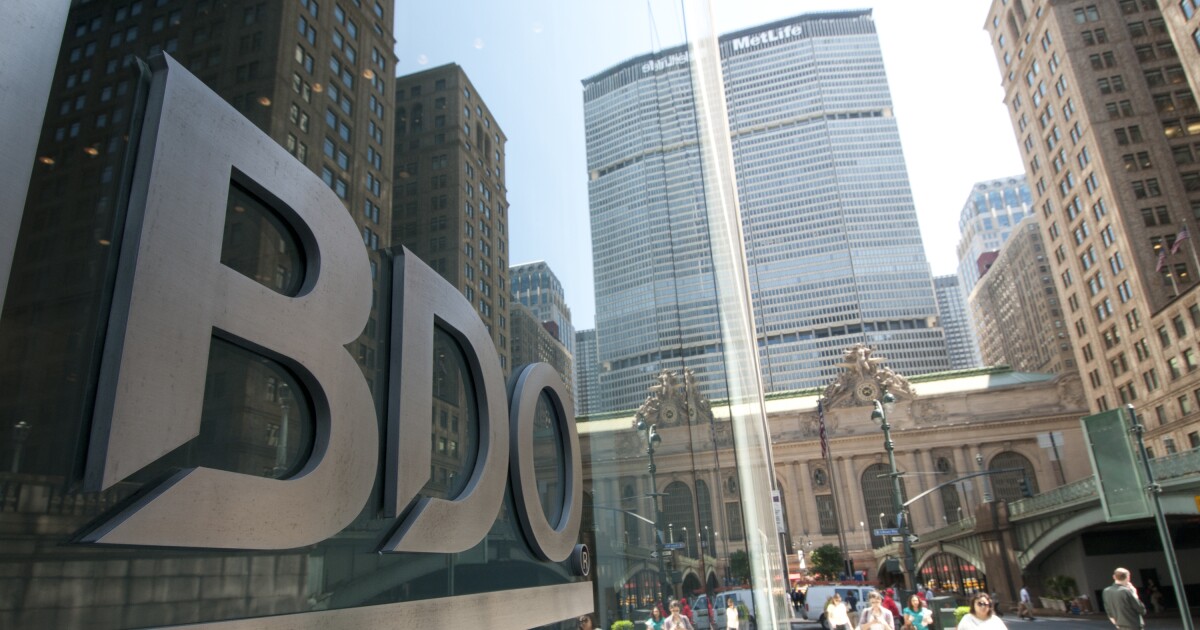Unlock the Editor’s Digest for free
Roula Khalaf, Editor of the FT, selects her favourite stories in this weekly newsletter.
The Bank of Japan held short-term interest rates on Thursday, but signalled that further rises were still on the horizon as prices continued to climb.
The unanimous decision from the Japanese central bank’s monetary policy board to maintain its target rate around 0.25 per cent was widely expected, with some analysts now projecting a rate increase as soon as the BoJ’s monetary policy meeting in December.
In a press conference, BoJ governor Kazuo Ueda confirmed that the bank would not be deterred by recent political turmoil in Japan, and would press ahead with raising rates if wages and prices continued to move in line with projections.
“If the outlook for the economy and prices is realised, then I believe we will need to continue raising interest rates and adjust the level of monetary easing accordingly,” he said.
The yen firmed on Ueda’s hawkish comments on Thursday, gaining 0.7 per cent to trade at about ¥152.3 per dollar, while the yield on the benchmark 10-year government bonds reversed course and fell.
The bank’s decision to hold rates on Thursday came amid an unusually high level of political uncertainty in Japan, where the ruling Liberal Democratic party was stripped of its coalition majority in parliament in a snap election on Sunday.
Voters, who have been suffering the effects of rising prices and sluggish wage growth, used the polls to punish the LDP, which is now battling to form a parliamentary bloc large enough to govern.
Analysts said election-related uncertainty would “complicate” but not derail the BoJ’s efforts to press ahead with monetary policy normalisation after decades of ultra-low rates. The BoJ increased interest rates to 0.25 per cent in July, its second rate rise this year, after ending its era of negative rates in March.
The election result also cast doubt on the longevity of new Prime Minister Shigeru Ishiba. Analysts said the accompanying power reshuffle raised the possibility of abrupt policy shifts.
In a quarterly outlook statement alongside its decision, the BoJ forecast inflation would remain at around its 2 per cent target in the coming years, dropping from 2.5 per cent in the current fiscal year ending in March to 1.9 per cent in fiscal 2025.
Analysts said price growth was expected to be bolstered by weakness in the yen, which has fallen from ¥143.7 to the US dollar at the start of October.
Benjamin Shatil, senior Japan economist at JPMorgan, said the BoJ’s projection that core inflation — which excludes fresh food prices — would stay in line with its target across all forecast horizons was significant.
“The outlook report again clearly states that just realising the baseline forecast will get you more hikes,” said Shatil. “The question is whether the market will take that at face value or not.”
Marcel Thieliant, chief Asia-Pacific economist at Capital Economics, pointed to the BoJ’s projection that services prices would maintain modest rises, reflecting factors such as wage increases. “That language is new and reflects growing confidence that inflation is increasingly driven by domestic factors rather than soaring import costs,” he said.
Although economists said the BoJ’s statement struck a broadly hawkish tone, the central bank highlighted both domestic and external economic risks.
The BoJ said it needed “to pay due attention to the future course of overseas economies, particularly the US economy, and developments in financial and capital markets”.
Stefan Angrick, senior economist at Moody’s Analytics, said the central bank’s projections for growth and inflation suggested rate rises were still in consideration.
“The only question is timing,” he said. “With the yen weakening, we expect another rate hike before the end of the year. The outcome of the 2025 shunto spring wage negotiations will be crucial for policy decisions next year.”
Credit: Source link










